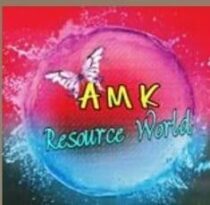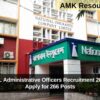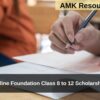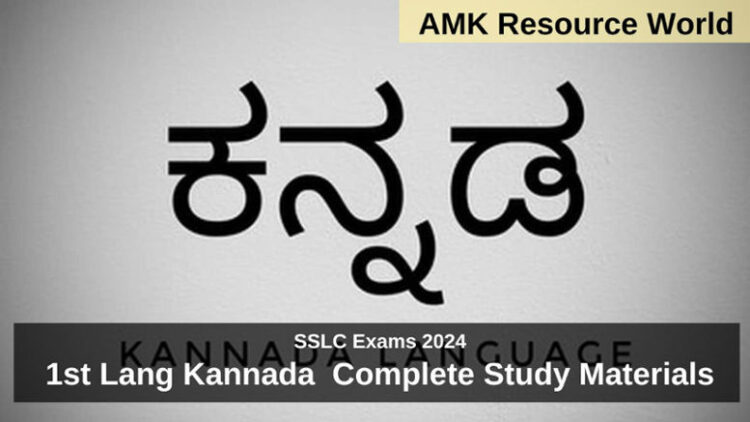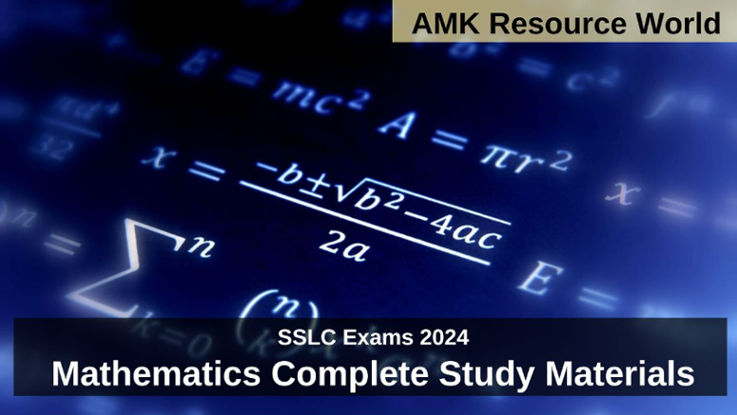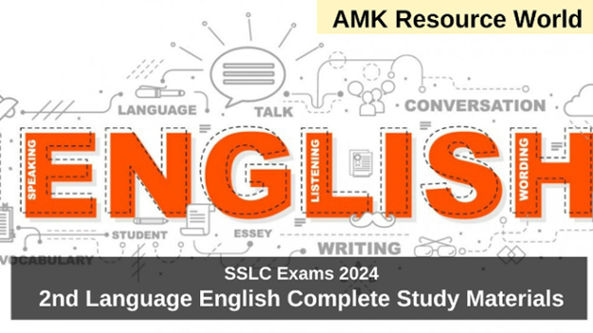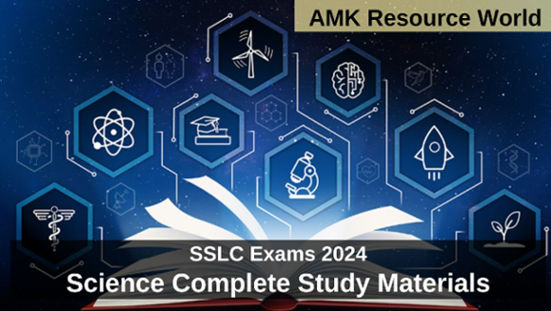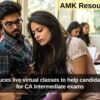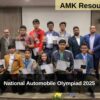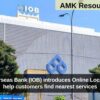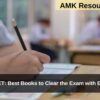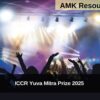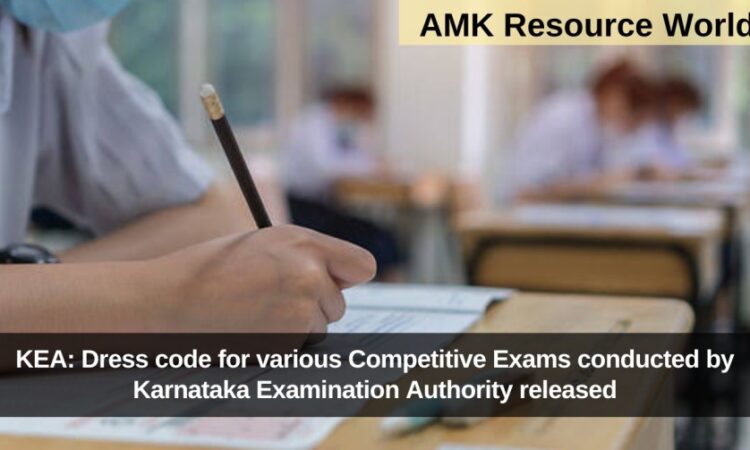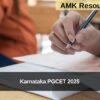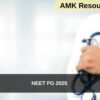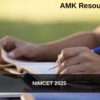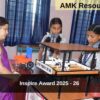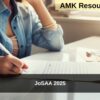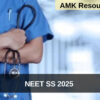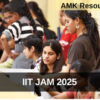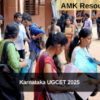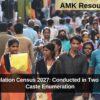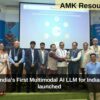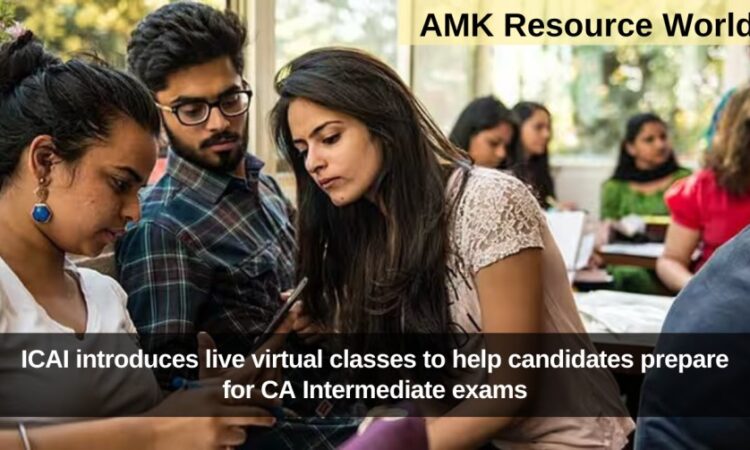| Real Numbers | DOWNLOAD HERE |
| Polynomials | DOWNLOAD HERE |
| Pair of Linear Equations in Two Variables | DOWNLOAD HERE |
| Quadratic Equations | DOWNLOAD HERE |
| Arithmetic Progressions | DOWNLOAD HERE |
| Triangles | DOWNLOAD HERE |
| Co Ordinate Geometry | DOWNLOAD HERE |
| Introduction to Trigonometry | DOWNLOAD HERE |
| Some Applications of Trigonometry | DOWNLOAD HERE |
| Circles | DOWNLOAD HERE |
| Constructions | DOWNLOAD HERE |
| Area Related to circles | DOWNLOAD HERE |
| Surface Area and Volume | DOWNLOAD HERE |
| Statistics | DOWNLOAD HERE |
| Probability | DOWNLOAD HERE |
SOLUTIONS |
| Real Numbers | DOWNLOAD HERE |
| Polynomials | DOWNLOAD HERE |
| Pair of Linear Equations in Two Variables | DOWNLOAD HERE |
| Quadratic Equations | DOWNLOAD HERE |
| Arithmetic Progressions | DOWNLOAD HERE |
| Triangles | DOWNLOAD HERE |
| Co Ordinate Geometry | DOWNLOAD HERE |
| Introduction to Trigonometry | DOWNLOAD HERE |
| Some Applications of Trigonometry | DOWNLOAD HERE |
| Circles | DOWNLOAD HERE |
| Constructions | DOWNLOAD HERE |
| Area Related to circles | DOWNLOAD HERE |
| Surface Area and Volume | DOWNLOAD HERE |
| Statistics | DOWNLOAD HERE |
| Probability | DOWNLOAD HERE |
QUESTION BANK |
| Real Numbers | DOWNLOAD HERE |
| Polynomials | DOWNLOAD HERE |
| Pair of Linear Equations in Two Variables | DOWNLOAD HERE |
| Quadratic Equations | DOWNLOAD HERE |
| Arithmetic Progressions | DOWNLOAD HERE |
| Triangles | DOWNLOAD HERE |
| Co Ordinate Geometry | DOWNLOAD HERE |
| Introduction to Trigonometry | DOWNLOAD HERE |
| Some Applications of Trigonometry | DOWNLOAD HERE |
| Circles | DOWNLOAD HERE |
| Constructions | DOWNLOAD HERE |
| Area Related to circles | DOWNLOAD HERE |
| Surface Area and Volume | DOWNLOAD HERE |
| Statistics | DOWNLOAD HERE |
| Probability | DOWNLOAD HERE |
| MATHEMATICS – SYLLABUS ANALYSIS |
SSLC Mathematics text book is in accordance with NCERT Text Book, the text book is designed as per NCF 2005 and its main objective is to encourage children to reflect on their own learning and to pursue imaginative activities and questions, Mathematics is considered as the sole base for framing of Questions to Evaluate Students Performance in Public Exams, the problems framed here are according the psychological standards of the Students, They have been provided with Step to Step guide in Solving Mathematics Problems specially the Work Examples, For Every Chapter in Mathematics text book the Formulae been highlighted and definitions are been simplified so that mere reading a student can understand the concepts
National Focus Group on Teaching of Mathematics gave its report in 2005, which highlighted a constructivist approach to the teaching and learning of mathematics, The language used in the Mathematics book, including that for ‘word problems’, is clear, simple and unambiguous, For each and Every concept suitable number of Problems been given to make understand the concept with clarity
Mathematics Text book of SSLC consists of 15 Chapters of which 8 Chapters are taught for Summative Assessment 1
Gist of Chapter : Arithmetic Progression – In this chapter students learn what is Arithmetic Progression, Give suitable examples to it and Learn to Solve Problems on Arithmetic Progression using General Formula for finite terms, Students learn to find the nth term of AP and also solve problems on Sum of n terms of AP, It is requisite to learn to solve Verbal problems based on AP, Most of the students consider this chapter to be bit tricky as in Mathematics Question Paper Long Answer type Questions are usually taken from this Chapter for Public Exam
Gist of Chapter : Triangles – In this Chapter students need to learn Similarity of Triangles, Theorem based on it and Solve Numerical problems and Riders on Similarity of Triangles, Continuation of the chapter students required to learn proof of Basic Proportionality theorem and Problems on it, various Problems on Areas of Similarity of Triangles in this chapter to be practiced, as it’s a lengthy chapter students get to learn proof of Pythagoras theorem and problems on it, Usually this Chapter of Mathematics is considered as Difficult as most of the problems require analytical and logical problem solving skills
